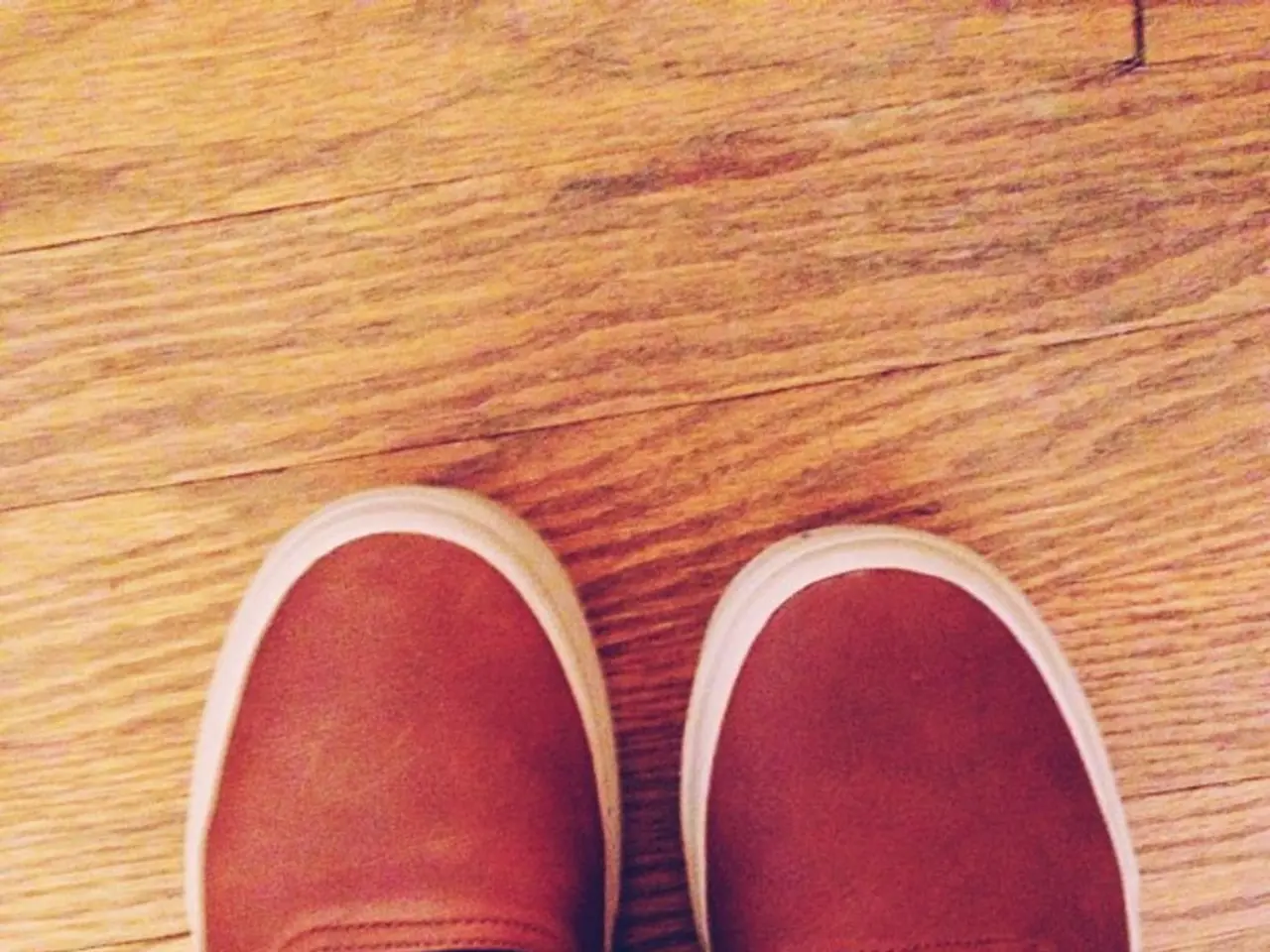Nighttime foot cramps: Root causes, remedies, and preventive measures
Nocturnal foot cramps and Restless Legs Syndrome (RLS) are common conditions that can cause discomfort and disturb sleep. While they share some similarities, they are distinct conditions with different causes, symptoms, and treatments.
Nocturnal foot cramps are sudden, intense, and painful involuntary muscle contractions that typically occur during rest, often waking a person up. Common causes include dehydration, low electrolytes such as magnesium, potassium, and calcium imbalance, muscle overuse or fatigue, poor stretching, and sudden position changes during rest. Treatments focus on symptom relief and addressing underlying causes, such as stretching the cramped muscle, maintaining hydration, and consuming a balanced diet rich in electrolytes. Prevention methods include daily stretching routines, adequate hydration, and a balanced intake of key minerals.
Restless Legs Syndrome (RLS), on the other hand, is a separate neurological condition characterised by an uncontrollable urge to move the legs, often described as uncomfortable sensations rather than painful cramps. Unlike nocturnal cramps, RLS symptoms usually improve with movement and worsen at rest, especially in the evening or night. The key differences between the two conditions are outlined in the table below:
| Feature | Nocturnal Foot Cramps | Restless Legs Syndrome (RLS) | |------------------------------|----------------------------------------------------|-------------------------------------------------| | Nature of symptoms | Sudden, intense, involuntary painful muscle cramps | Uncomfortable sensations with urge to move legs | | Symptom relief | Stretching the cramped muscle | Movement relieves discomfort | | Onset | Often sudden during sleep | Gradual buildup, worse at rest and night | | Duration | Lasts seconds to minutes | Persistent, varies throughout night | | Underlying causes | Dehydration, electrolyte imbalance, muscle fatigue | Neurological causes, iron deficiency, anemia, or other medical conditions[4] |
Treatment approaches for RLS include lifestyle changes, such as reducing caffeine, alcohol, smoking; regular light exercise and stretching; and establishing a calming bedtime routine. Medical treatment may involve iron supplements if iron deficiency is identified, and medications such as dopamine agonists, painkillers, or sedatives prescribed by a healthcare professional.
Recognising the differences between these two conditions is crucial for effective management. A doctor may recommend other types of therapy for foot cramps, such as deep tissue massage and stretching. People who experience frequent foot cramps may consider changing their shoes, not wearing shoes with high heels and pointed toes, and purchasing shoe inserts with arch support. Leafy green vegetables, legumes, and nuts are rich sources of magnesium, which may help improve muscle cramps related to mineral deficiencies.
For those with severe or persistent foot cramps that do not improve with stretching or other at-home treatments, speaking with a doctor about medications such as topical pain relievers or muscle relaxants is advisable. Exercises like toe bend, seated foot and heel raise, big toe lift, and standing calf stretch can also help relieve foot cramps.
- Aq, a type of mineral essential for muscle functions, can help alleviate nocturnal foot cramps caused by imbalances.
- Restless Legs Syndrome (RLS), a distinct disease, is characterized by an urge to move the legs due to uncomfortable sensations.
- Obesity, multiple medical conditions, and chronic diseases can exacerbate the symptoms of Restless Legs Syndrome (RLS).
- Magnesium, a key mineral, plays a vital role in managing both nocturnal foot cramps and Restless Legs Syndrome (RLS).
- Atopic dermatitis, a common skin-care concern, can lead to fatigue due to its impact on sleep quality.
- Diabetes, a prevalent chronic disease, is often associated with numerous health-and-wellness issues, including foot cramps and Restless Legs Syndrome (RLS).
- Fitness-and-exercise routines can aid in reducing the frequency of nocturnal foot cramps and helping manage Restless Legs Syndrome (RLS).
- Workplace-wellness programs can promote awareness of foot cramps and Restless Legs Syndrome (RLS), encouraging a healthier work environment.
- Therapies-and-treatments for Restless Legs Syndrome (RLS) may involve medical interventions, such as dopamine agonists or painkillers, prescribed by health care professionals.
- Nutrition is crucial in maintaining magnesium levels, aiding in the prevention and management of both nocturnal foot cramps and Restless Legs Syndrome (RLS).
- Women's health can be impacted by foot cramps, Restless Legs Syndrome (RLS), and other chronic diseases, necessitating attention and care.
- Men's health encompasses various fitness-and-exercise aspects that can help alleviate foot cramps and improve symptoms of Restless Legs Syndrome (RLS).
- Medicare, under health insurance plans, may cover treatments for foot cramps, Restless Legs Syndrome (RLS), and other neurological disorders.
- CBD, a popular natural supplement, has been studied in relation to its potential benefits for managing the symptoms of Restless Legs Syndrome (RLS).
- Alzheimers, multiple depression, and other neurological disorders may share some similarities with Restless Legs Syndrome (RLS) in terms of underlying mechanisms, making predictive science vital in understanding these conditions.




